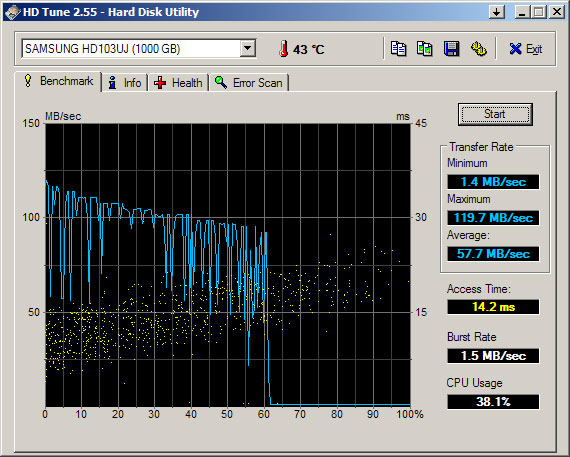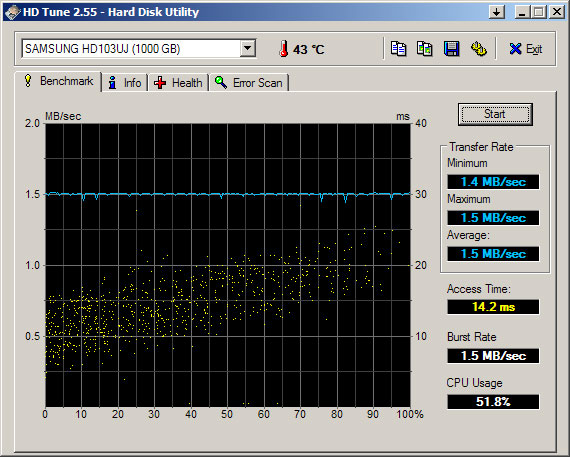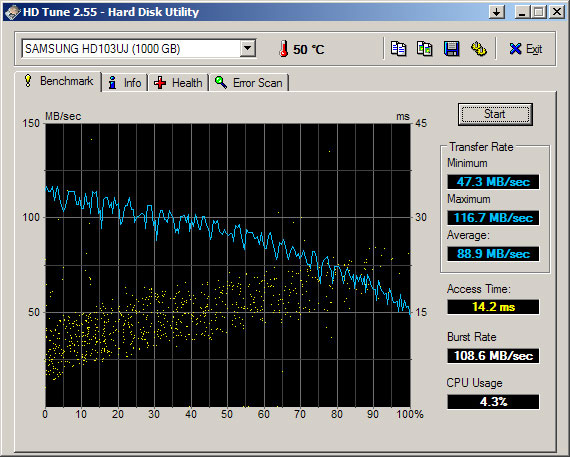Installing the Logitech F710 Wireless Gamepad on Windows 7 x64 (XInput Driver)
Update from 2015-10-18: Windows 10 Pro (x64) does not appear to require this workaround. It automatically installed the correct driver and allowed me to use the controller right away.
Hi!
In order to be able to benefit from using the XInput mode for the Logitech F710 Wireless Gamepad, of course you need to install the correct driver. This is made a little hard for Windows 7 x64 seeing as there is no driver that comes with the device itself.
I found a guide on how you can manage it by using Microsoft's official Xbox 360 Controller driver.
Be careful though, you're messing with driver files. Use this guide at your own risk.
- Go to the Microsoft Hardware downloads page: http://www.microsoft.com/hardware/en-us/downloads
- Click on the category "Gaming"
- Click on the link "Xbox 360 Wireless Controller for Windows"
- Download the correct version of the file (Windows 7 64-bit only) and install it
- Open the Device Manager (e.g. [Windows]+[Break] => Device Manager)
- Right-click on the entry with "Logitech F710" in its name and the yellow triangle icon in front of it
- Open its properties
- Switch to the "Details" tab
- Choose the property "Hardware Ids"
- Right-click on the one without the "&REV_<Number>" at the end of the name and copy it. It should look something like this: USB\VID_046D&PID_C21F
- Go to the directory in which you installed the Xbox 360 Accessories Software a minute ago: C:\Program Files\Microsoft Xbox 360 Accessories
- Open the file Xusb21.inf with a plain text editor like Notepad
- At the top in the commented section you can see the line containing "Wireless Common Controller USB\Vid_045E&Pid_0719". Search for "USB\Vid_045E&Pid_0719" and replace each occurence with the hardware ID you copied earlier. Afterwards, save it to the file. You might need to have your editor program in elevated privilege mode in order to do so.
- Go back to the Device Manager with the open F710 properties window
- Switch to the "Driver" tab
- Click on the "Update Driver..." button
- In the assistant, choose "Browse my computer for driver software"
- Choose the path "C:\Program Files\Microsoft Xbox 360 Accessories"
- Confirm the driver warning and you're good to go
To check if it really worked, you can just press the Logitech button on the game controller and it should cause a little frame with the Xbox logo, the text "Click for Help" and a down-pointing arrow button and an X button to pop up in the lower center of your screen.
I do not usually recommend modifying driver files like that, but I have used this method before and it worked for me, so I stopped looking for a better way, as there doesn't seem to be any official solution provided by Logitech themselves (which is a shame).
Original post and the ones who can be credited with this solution: post by breakfastmonkey on the official Logitech forums (referencing a couple of previous posts in the same thread).
Thanks for reading.
Asus P5B and the broken JMicron SATA/PATA controller
Hey there!
Yesterday, while I was trying out my new hard drive, I noticed that it apparently took ages to defragment. Not only that, but it also took away a major amount of resources. Funnily enough, the CPU usage didn't show up at all in the task manager (I'm using Windows XP x64 Professional). However, the mouse cursor was lagging behind and whenever I played audio or video - be it a YouTube video or an actual video in VLC - it lagged there as well.
So what could it be?
(Skip to the bottom to see the conclusion 🙂 )
My first guess was that there was a hardware failure. Probably with the new hard drive because my others all worked, right? Technically it was unlike for my new hard drive to be damaged though as I formatted it the day before (with TrueCrypt) and it showed around 90 MB/s of formatting speed.
After a series of rebooting and benchmarking via HD Tune (also in Windows Safe Mode) I realized that at the start (basically the first time after a bootup) the hard drive worked fine with an average of about a 100 MB/s transfer rate. However, at around 60%+ it sunk drastically to a minimum of 1.4 and a maximum of 1.5 MB/s. It stayed there till the end of the benchmark and for every following one (until you rebooted).
Next thing I did was to change the BIOS settings for the JMicron SATA/PATA Controller from Enabled / IDE to Enabled / AHCI. After the Windows bootup it recognized a new Primary IDE channel, Secondary IDE channel, Standard Dual Channel PCI IDE Controller and one of my two optical drives (why only one? Don't ask me :D). The hard drive didn't show up at all - neither in the Disk Management nor in the Device Manager. A change from Enabled / AHCI to Enabled / RAID (with "no raid" in the JMicron settings) did the same thing: recognition of new channels and no new hard drive.

The first run with an HDD on the JMicron controller.

Every other run following the first one with an HDD on the JMicron controller.
For reference - this is what a healthy drive usually looks like:

This is what a healthy HDD usually looks like in HD Tune.
When I looked that the Device Manager I found that there were two SATA controllers in the IDE ATA/ATAPI controllers category. One was the Intel(R) ICH8 2 port Serial ATA Storage Controller - 2825 and the other one was the Intel(R) ICH8 4 port Serial ATA Storage Controller - 2820. My main / old hard drives are all hooked to the 4 SATA ports on the lower half of the P5B, some of them using an eSATA to SATA cable. So that had to be the 4 port SATA controller, which worked fine. Thus, the 2 port controller was the one controlling the eSATA port in the back pane - and making trouble.
The moral of the story is that obviously the JMicron SATA/PATA Controller doesn't do his job on the ASUS P5B at all. So, in case you're looking for more SATA ports, you're going to have to buy a new SATA controller.
I myself will be settling with SATA and eSATA for my biggest drives and using USB for my smallest one.
Cheers 🙂